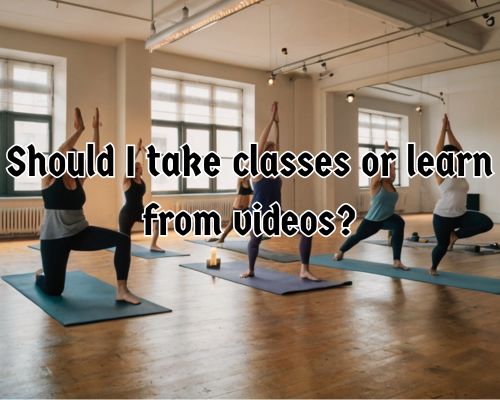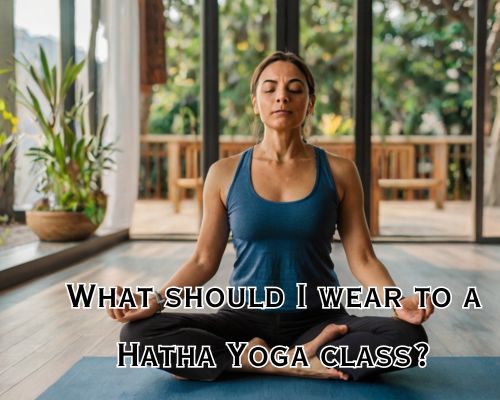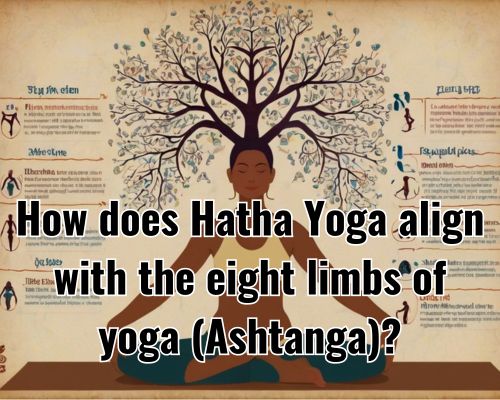How to Use a Patient Lift Sling Safely – Step-by-Step Caregiver Guide
How to Use a Patient Lift Sling Safely – Step-by-Step Caregiver Guide
What Is a Patient Lift Sling?
A patient lift sling is a specially designed support used in combination with a mechanical or electric lift system to transfer individuals with limited mobility. It cradles the patient during the lift, providing stability and reducing the risk of injury for both the patient and the caregiver.
Used correctly, it allows transfers from bed to chair, chair to toilet, or even floor to bed, all while ensuring dignity, safety, and comfort.
Before You Begin: Key Safety Checks
Before using any patient lift sling, perform a quick safety inspection:
- Check the Sling: Look for frayed seams, stretched loops, or worn fabric.
- Verify the Lift Type: Ensure the sling is compatible with the lift (manual or electric).
- Clear the Area: Remove any obstructions, rugs, or furniture that might interfere.
- Inspect Patient Readiness: Confirm the person is alert and aware (if possible) and explain each step before lifting.
Proper preparation prevents avoidable accidents during transfers.
Step-by-Step: How to Use a Patient Lift Sling Safely
Step 1: Position the Sling Under the Patient
- Roll the patient gently to one side while supporting their back and hips.
- Fold the sling lengthwise and place it beneath them, aligning the center with their spine.
- Roll the patient back onto the sling and unfold it to both sides.
For slings with head support, ensure the headrest aligns properly behind the neck.
Step 2: Attach the Sling to the Lift
- Bring the lift close enough so that the boom (arm) is centered above the patient.
- Attach the sling straps to the lift hooks. Most slings have color-coded loops for adjustable positioning—shorter loops for a more upright posture, longer loops for reclining.
Ensure both sides are symmetrical to avoid tilting during the lift.
Step 3: Begin the Lift Slowly and Steadily
- Use the lift’s hand control or manual pump to gently raise the patient off the surface.
- Pause briefly once the body clears the bed to check for balance and comfort.
- Make adjustments if the body is slanted or legs are unsupported.
Never rush this step. Lifting should feel smooth and secure, with no jerking motion.
Step 4: Move the Patient to the Destination
- Roll the lift carefully toward the chair, toilet, or target surface.
- Ensure the patient’s body is close to the lift’s center of gravity to avoid swaying.
- Lock the lift’s wheels (if applicable) once you’ve reached the desired location.
For seated transfers, adjust the sling to help the patient sit comfortably and upright.
Step 5: Lower the Patient Gently and Remove the Sling
- Slowly lower the patient while keeping a hand on their torso or shoulder for guidance.
- Once seated or lying down, unhook the straps from the lift.
- If the sling stays under the patient (as with toileting slings), smooth out any wrinkles to avoid skin irritation.
- For removal, reverse the initial positioning steps carefully.
Never pull or tug the sling from under a patient without lifting—it may cause skin injury or discomfort.
Important Caregiver Tips for Everyday Use
- Always Follow Manufacturer Guidelines: Each sling and lift model varies slightly.
- Use the Right Sling for the Task: Full-body slings for complete support, toileting slings for hygiene care, and mesh slings for bathing.
- Involve the Patient: Let them participate as much as their ability allows. This boosts confidence and trust.
- Maintain Hygiene: Wash slings according to care labels. A clean sling improves comfort and longevity.
When to Replace a Patient Lift Sling
Watch for these signs that a sling should be replaced:
- Torn fabric or straps
- Faded or unreadable safety labels
- Fraying loops or seams
- Stiffness or cracking in the material after washing
Regular checks ensure continued safety and prevent unexpected accidents during lifts.


